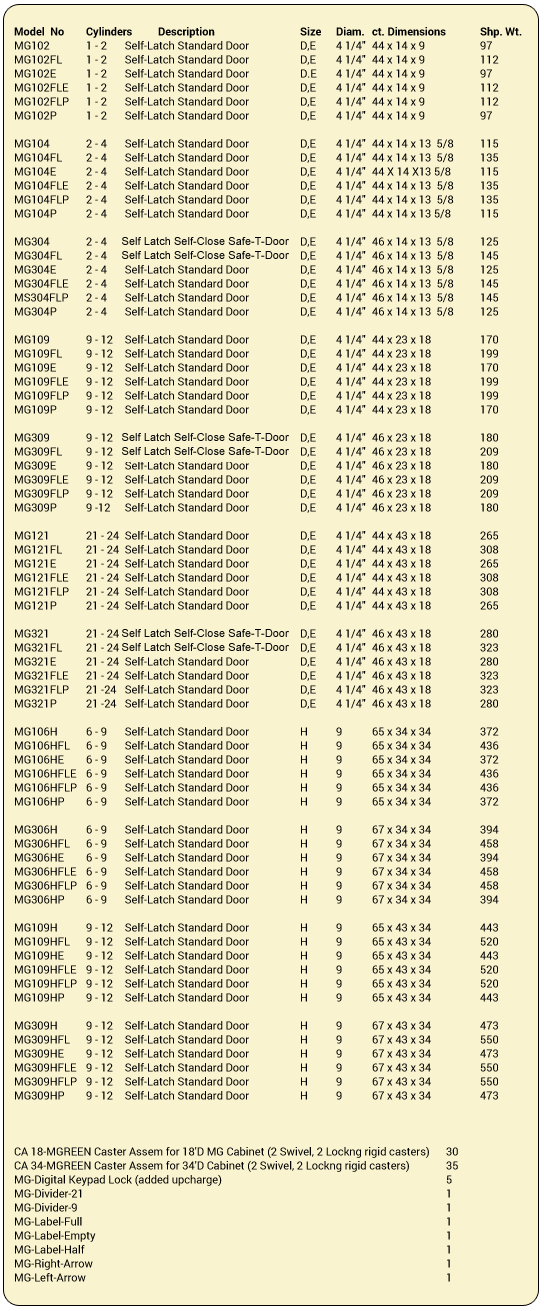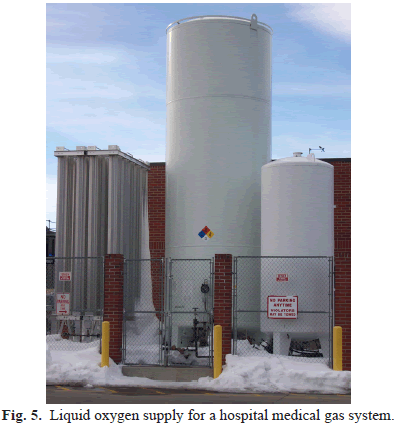The joint commission and the other accreditation organizations ao have adopted these clarifications and established clear requirements concerning medical gas cylinder storage.
Oxygen tank storage joint commission.
All criteria as specified in ec 02 05 09 applies as well as nfpa 99 2012 11 6 5 2 requiring full and empty cylinders to be segregated from each other.
Storage of freestanding medical gas cylinders.
Compliance and safety tips.
Gas cylinder storage requirements for the storage of medical gas cylinders depends on the volume of gas within the cylinders.
In january 2007 cms issued survey and certification memo 07 10 which clarified how oxygen cylinders should be stored based on the 2005 edition of nfpa 99.
Hospitals can now store partially used oxygen canisters in the same rack as full cylinders but be prepared to adjust those racks and signs if you choose to make the change along with the joint commission now that tjc has revised a frequently asked question about standards interpretation.
However while storing full and partially full cylinders together is now permitted it is not required.
Storing oxygen cylinders as per nfpa 99 2012 11 6 5 2 is about ensuring full and empty cylinders are not comingled.
Volumes greater than 3000 ft3.
The last issue of joint commission online covered piped medical gas systems.
Thank you for your understanding.
Any examples are for illustrative purposes only.
41 liters of liquid approximately 1 235 cubic feet of.
Cylinder storage 20 feet if the room is not protected by automatic sprinklers.
Joint commission may have requirements more stringent than those found within nfpa.
Approximately 250 cubic feet of gas per cylinder liquid oxygen dewars.
Carbon dioxide medical air nitrogen nitrous oxide helium argon and xenon.
The joint commission no longer answers questions submitted by students or vendors.
If you wish to file a patient safety concern against one of our accredited facilities a form is accessible here.
Typical medical gases whose storage can be comingled with oxygen include.
The joint commission s jcaho oxygen cylinder storage requirements are derived from food and drug administration fda guidelines on storing medical grade gas supplies.
This volume of gas must be stored in locations that include the following.
The greater the volume the more stringent the requirements for the storage locations.
It may be impractical for some.
In 2000 the jcaho sent out a sentinel event alert to health organizations nationwide on the gravity of effecting safe gas storage practices.
The joint commission standards are not available on this website.
This article provides compliance and safety tips for freestanding medical gas cylinders.





